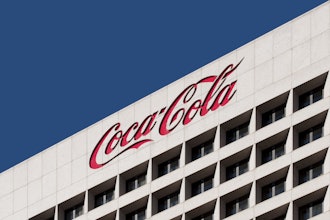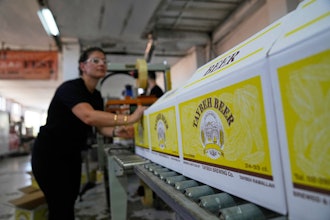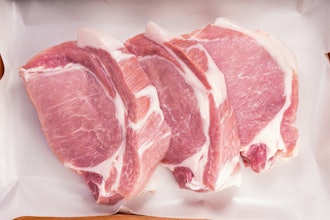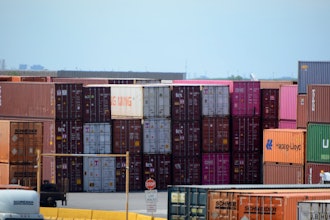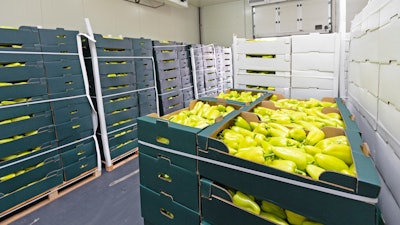
The future of food manufacturing is increasingly intertwined with advancements in warehouse automation and packaging technology. The drive toward direct-to-consumer (D2C) business models, compounded by labor shortages, catalyzes investment in sophisticated warehouse automation solutions, according to the Packaging and Automation in the Warehouses of the Future report by PMMI, The Association for Packaging and Processing Technologies. Food manufacturers are grappling with outdated facilities not designed for modern automation, leading to operational bottlenecks. The transition to automation is seen as a strategic move to enhance efficiency, quality, and productivity. However, challenges like the need for skilled labor to operate new technologies and the physical constraints of existing warehouse spaces persist.
Consumer packaged goods (CPG) companies, facing escalating demands for mixed and layered pallets due to e-commerce growth, are turning to automation to keep pace. Investment in automation technology, particularly packaging and labeling solutions, is critical for maintaining competitive advantage. Despite the hurdles, such as high costs and extended return on investment periods, the potential for cost savings and operational efficiencies drives a cautious but steady adoption of automation technologies across the sector.
Furthermore, the report highlights a significant trend toward D2C channels, propelled by e-commerce. This shift demands more flexible and automated packaging solutions to manage an increased variety of stock-keeping units (SKUs) and smaller, more frequent orders. Automation in packaging addresses the labor shortage by reducing reliance on manual labor and accommodating the growing demand for sustainable and customized packaging options that appeal to eco-conscious consumers.
As food manufacturers navigate these changes, the role of third-party logistics (3PL) and fourth-party logistics (4PL) providers becomes increasingly central. These providers are essential for companies looking to scale their D2C operations without the overhead of expanding physical warehouse space or investing heavily in in-house automation technologies. The strategic use of 3PL and 4PL services allows CPG companies to leverage external expertise and infrastructure, enabling them to focus on core competencies while capitalizing on the growth opportunities presented by e-commerce and D2C sales channels.
The future of food manufacturing is poised at the intersection of automation, e-commerce, and sustainability. Companies willing to invest in and adapt to these technologies stand to gain in terms of operational efficiency, market responsiveness, and customer satisfaction. As the industry evolves, the blend of strategic investments in technology and partnerships with logistics providers will define the winners in the highly competitive food manufacturing landscape.
Food manufacturers can see warehousing and automation innovations in action and discover the latest solutions to packaging and processing challenges at PACK EXPO East 2024 (March 18–20, Pennsylvania Convention Center, Philadelphia). The largest PACK EXPO East to date will feature exhibits from over 40 vertical markets, offering crossover solutions to many of today’s biggest manufacturing needs. Companies will find the convenient and easy-to-access location ideal for teams to attend, assess the latest technologies, learn from leading industry experts, and make valuable connections to address current or upcoming projects. For more information and to register, go to packexpoeast.com.
Jorge Izquierdo is the vice president of market development at PMMI.










